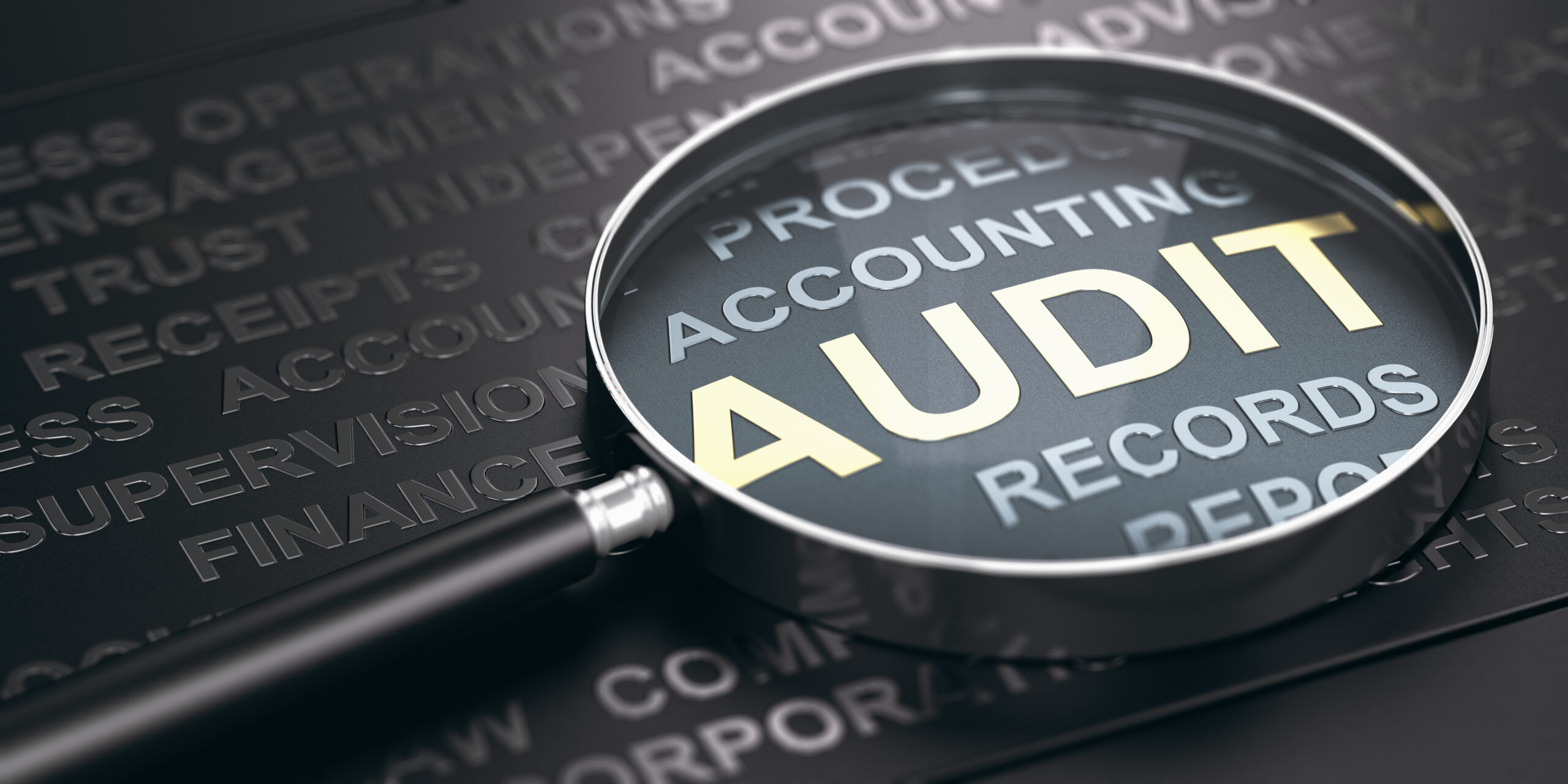In today's data-driven business landscape, organizations rely heavily on analytics to make critical decisions, optimize operations…
Auditing Succession Insurance: Protecting Your Practice Through Transition
The accounting profession faces unique challenges when it comes to business succession, and auditing firms are no exception. Whether you're planning retirement, bringing in new partners, or preparing for unexpected circumstances, auditing succession insurance provides crucial protection during these critical transitions. Understanding this specialized coverage is essential for any auditing practice looking to secure its future.
What is Auditing Succession Insurance?
Auditing succession insurance is a specialized form of professional indemnity coverage designed specifically for accounting and auditing practices undergoing ownership transitions. This insurance bridges the gap between retiring practitioners and their successors, ensuring continuity of professional liability protection throughout the succession process.
Unlike standard professional indemnity insurance, succession coverage addresses the unique risks that arise when ownership of an auditing practice changes hands. It protects both the outgoing and incoming practitioners from claims related to work performed before, during, and after the transition period.
Why Auditing Practices Need Succession Insurance
Continuity of Professional Liability
When an auditing practice changes ownership, there's often confusion about who bears responsibility for past work. Succession insurance ensures that professional liability coverage remains in place, protecting all parties involved in the transition.
Extended Liability Periods
Audit work can generate claims years after completion. Standard insurance policies may not provide adequate coverage for work performed by previous owners, leaving new practitioners exposed to significant financial risk.
Regulatory Compliance
Professional accounting bodies often require continuous professional indemnity coverage. Succession insurance helps ensure compliance with regulatory requirements throughout the transition period.
Client Confidence
Clients need assurance that their interests remain protected during ownership changes. Comprehensive succession insurance demonstrates professional responsibility and helps maintain client relationships.
Key Coverage Areas
Run-Off Coverage
This protects retiring practitioners from claims arising from work performed while they owned the practice. Run-off coverage typically extends for six years after retirement, aligning with statutory limitation periods for professional negligence claims.
Successor Protection
New owners receive protection from claims related to work performed by previous practitioners. This coverage is crucial for maintaining business continuity and protecting the new owner's financial interests.
Transition Period Coverage
During the handover period, both parties may be involved in ongoing work. Succession insurance provides clarity about coverage responsibilities during this critical phase.
Regulatory Defense
Coverage extends to defending regulatory investigations and disciplinary proceedings that may arise from past audit work.
Common Risks in Audit Succession
Historical Audit Failures
Claims may emerge years later alleging inadequate audit procedures or missed material misstatements in financial statements reviewed by previous practitioners.
Client Relationship Issues
Disputes over audit quality or professional conduct may surface during the transition, potentially affecting both outgoing and incoming practitioners.
Documentation Gaps
Incomplete or inadequate audit documentation from previous owners can create liability exposure for new practitioners.
Regulatory Changes
Evolving audit standards may cast previous work in a different light, potentially generating professional liability claims.
Structuring Your Succession Insurance
Coverage Limits
Determine appropriate coverage limits based on the practice's client base, typical engagement values, and historical claims experience. Consider both individual claim limits and aggregate annual limits.
Retroactive Dates
Ensure coverage extends back to cover all relevant historical work. The retroactive date should align with the commencement of the practice or the earliest work that could generate claims.
Extended Reporting Periods
Negotiate adequate run-off periods, typically six years, to align with statutory limitation periods for professional negligence claims.
Territorial Coverage
Consider where clients operate and ensure coverage extends to all relevant jurisdictions.
The Succession Planning Process
Early Planning
Begin succession planning well before the intended transition date. This allows time to arrange appropriate insurance coverage and address any gaps in protection.
Due Diligence
Conduct thorough reviews of historical work, client relationships, and potential liability exposures. This information is crucial for structuring appropriate insurance coverage.
Insurance Continuity
Ensure seamless transition between insurance policies. Gaps in coverage can create significant liability exposure for both parties.
Client Communication
Inform clients about the succession plans and insurance arrangements. Transparency helps maintain client confidence and reduces the risk of disputes.
Cost Considerations
Premium Factors
Succession insurance premiums depend on various factors including practice size, client base, historical claims experience, and coverage limits required.
Shared Costs
Consider how insurance costs will be allocated between outgoing and incoming practitioners. This should be clearly documented in succession agreements.
Long-term Value
While succession insurance represents an additional cost, it provides essential protection that far outweighs the premium expense.
Choosing the Right Insurer
Specialist Experience
Select insurers with specific experience in professional indemnity and succession insurance for accounting practices. They understand the unique risks and coverage requirements.
Financial Strength
Ensure the insurer has strong financial ratings and a proven track record of claims payment. Professional liability claims can be substantial and long-tail in nature.
Claims Handling
Evaluate the insurer's approach to claims handling, including their use of specialist legal counsel and understanding of audit standards.
Policy Terms
Carefully review policy terms, exclusions, and conditions. Ensure the coverage aligns with your specific succession requirements.
Best Practices for Audit Succession
Documentation Standards
Maintain comprehensive audit documentation throughout the practice's operation. Good documentation reduces liability exposure and facilitates smoother transitions.
Quality Control
Implement robust quality control procedures to minimize the risk of audit failures that could generate future claims.
Client Relationship Management
Maintain strong client relationships and clear communication about audit scope and limitations. This reduces the likelihood of disputes and claims.
Regular Insurance Reviews
Periodically review insurance coverage to ensure it remains adequate as the practice evolves and succession plans develop.
Regulatory Considerations
Professional Body Requirements
Ensure succession insurance arrangements comply with requirements from relevant professional accounting bodies and regulatory authorities.
Continuing Professional Development
Maintain current knowledge of audit standards and regulatory requirements to minimize the risk of professional liability claims.
Independence Requirements
Consider how succession arrangements might affect audit independence requirements and ensure appropriate safeguards are in place.
Common Pitfalls to Avoid
Inadequate Coverage Periods
Don't underestimate the time periods over which claims may arise. Ensure run-off coverage extends for adequate periods.
Exclusion Gaps
Carefully review policy exclusions to ensure they don't create unexpected gaps in coverage during the succession process.
Communication Failures
Poor communication with clients, insurers, or regulatory bodies can create additional liability exposure during succession.
Delayed Planning
Starting succession planning too late can limit insurance options and create coverage gaps.
The Future of Audit Succession
Market Trends
The auditing profession is experiencing significant consolidation, making succession planning increasingly important for smaller practices.
Regulatory Evolution
Evolving audit standards and regulatory requirements continue to shape succession insurance needs.
Technology Impact
Digital audit tools and data analytics are changing how audits are performed and documented, potentially affecting succession insurance requirements.
Conclusion
Auditing succession insurance is an essential component of responsible practice management. It provides crucial protection during one of the most vulnerable periods in a practice's lifecycle – the transition of ownership. By understanding the coverage options, planning early, and working with experienced insurers, auditing practices can ensure smooth successions that protect all parties involved.
The investment in comprehensive succession insurance demonstrates professional responsibility and provides peace of mind for retiring practitioners, their successors, and the clients they serve. In an increasingly complex regulatory environment, this specialized coverage has become not just advisable, but essential for any auditing practice planning for the future.


 0330 127 2333
0330 127 2333
























